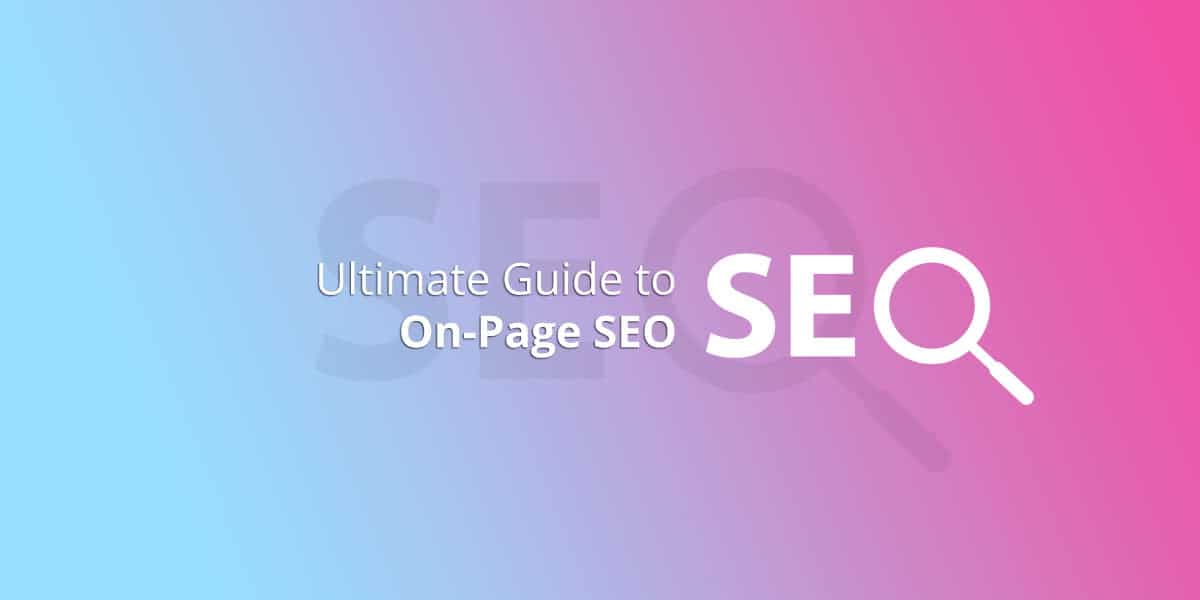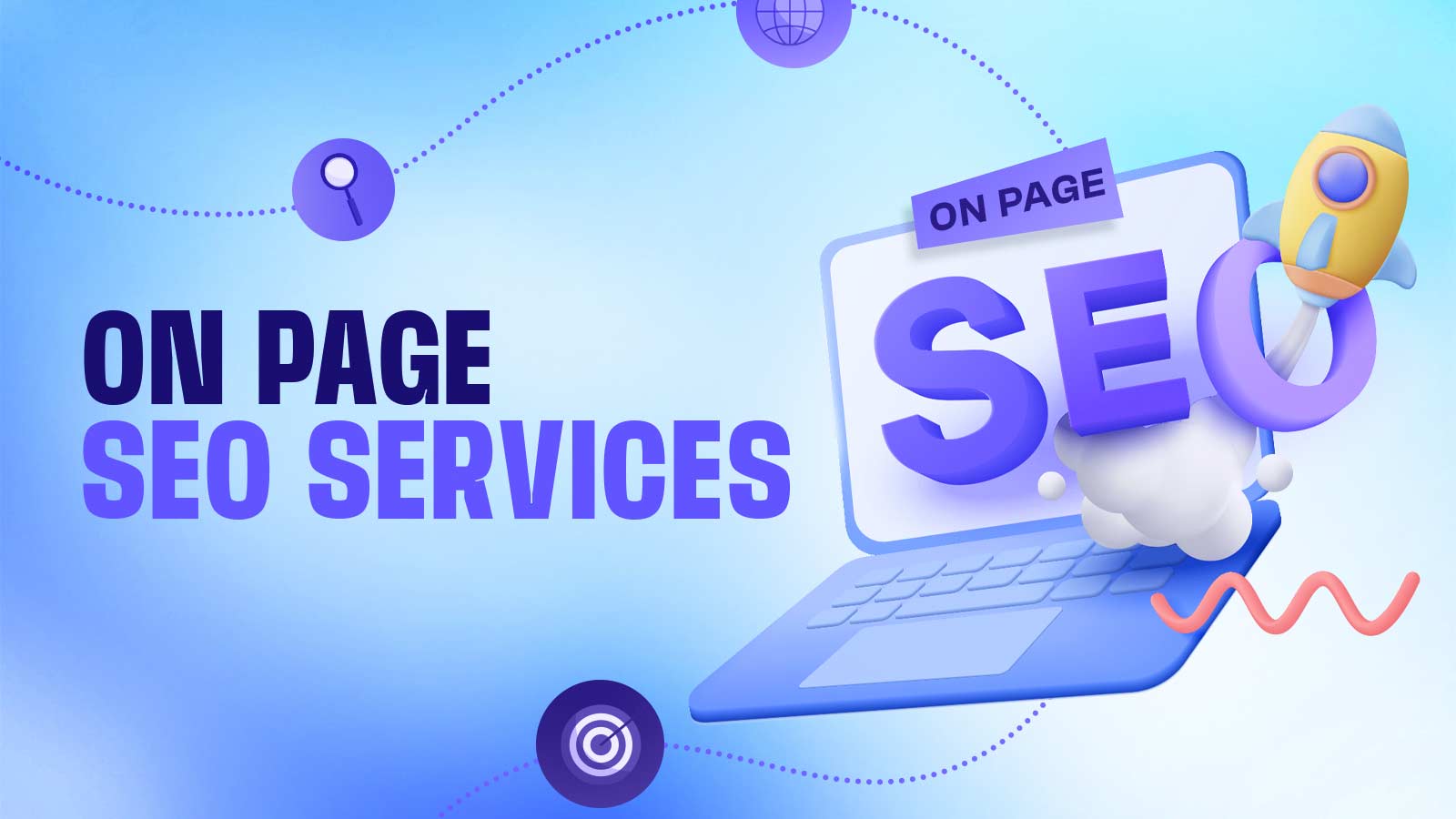Introduction
On-page SEO focuses on getting more traffic and ranking higher optimizing web pages in search engines. On-page SEO is following tips and tricks that Google has laid out as directly affecting ranking factors, on the page itself. This is different from off-page SEO or link building, which can help a site rank better by building the overall authority of the website. Whether or not these factors help you is not always clear. Some are indirect and some are indirect ranking factors.
What is on-page SEO?
SEO is used to improve a page’s rankings in relevant search results. And on-site optimizations. On-site optimizations target a page’s content and source code. It involves the following:
- Adding keywords to your content
- Improving page speed
- Optimizing and creating content for user intent
- You also want to optimize your pages’ URLs, title tags and page speed, internal links among others

Benefits of on-page SEO
On-page SEO is important for websites visibility and getting more traffic
- Increased traffic to your website
- Higher search rankings
- More conversions
Because of your target audience’s search intent, and content addresses, they’ll view your business and website as a relevant resource for their needs. The results of on-page SEO take time strategy. But once your on-page SEO strategy gets off the ground, it can make your online rankings and sales soar.
1: URL Structure
Create clean and clear URLs. Which involved target keywords. And avoid long numbers.
2: Keyword Research
SEO keyword research is the first step. The tools used for keyword research are Keyword planer Moz SEMrush Ahrefs to find related keywords with low competition and high search volume. Here are some tips to follow in keyword research:
- Use naturally keyword
- Use long-tail keyword on-page SEO tips and tricks
3: Header Tags (H1, H2, H3)
Use header tags [H1 H2 H3 H4] to structure your content. It makes it easy for search engines to understand your content.
Heading H1: Use only H1 per page in the title.
Subheading: In which use H2 H3 tags
4: Title Tags Meta description
Title Tags: In title tags that include target keywords. Remember that titles under 60 characters they display completely in search results. Avoid above 60 characters’ title tag.
Meta Description: write a description under 160 characters that summarizes the content of your page and includes target keywords. Do not use 160 above characters. These can better click-through rates.
5: High-Quality Content
Content is the king of SEO. High-quality content creates informative, and engaging that provides value to your audience. Compose creative and distinctive material. Steer clear of plagiarism and duplicate content. They could damage your reputation and raking. Your websites are deranged. Follow some tips to optimize your content.
- Compose lengthy material. Long-form content is superior to short-form information because it offers users greater depth, details, and value.
- Make natural use of your major and secondary keywords.
- Stay away from using technical words and instead speak in a natural, understandable tone
6: Image Optimization
The image plays a very important role. Image optimization is very important because images enhance your content. And more appealing and engaging to the users. The image plays a very important role. Your images and index them accordingly. Use these tips in image optimization
Optimization Techniques:
- Use resize your image and reduce their file size.
- Use responsive images. Show other devices and screen sizes.
- Use relevant alt-text file names for your images. This can be helpful for search engines to check

7: Improve Page Loading Speed
Site speed is a sensible factor of SEO. A slow-loading Speed Site can cause to lead higher bounce rates and lower ratings. Here are some steps to improve your Site Speed
Tips for Improving Page Speed:
- Cache Enable WP Super cache and W3 Total cache-like caching plugins used to reduce the load time of your Site Speed
- Image Optimization: Some tools like JPEG Optimizer Tiny PNG are used to compress images.
- Minimize JavaScript and CSS: Minimizing your CSS and JavaScript file reduces your content size and improves your load time.
8: User Experience [UX]
User experience is a very important factor in the page of SEO. User experience is important for websites. A well-designed website that easily reduces bonus rates and increases the time the user spends on your site. Here are some tips to enhance the user experience;
1: Fast Loading Speed:
Image optimized and used caching improve your site’s loading speed.
2: Design Mobile-Friendly:
Your website is responsive informative and good looks on all other devices
9: Internal Linking
Search engines understand your site structure with the help of internal linking. This improves user navigation. Links-related pages and articles within your content to keep engaged and bounce rate reduce. Increase your website’s visibility. You get more traffic.
10: Voice Search Optimization
Voice Search Optimization is essential. Use natural keywords and simple language in your content to capture voice search traffic.
Conclusion
SEO is a unique and powerful way to boost your organic rankings and traffic. It is not a quick fix. Or a one-time thing. SEO is a long-term strategy. It demands a long time. A high-rank approach, and a continuous visibility process. Understand on-page SEO. For SEO you get better results for your business. You can achieve your goals.


